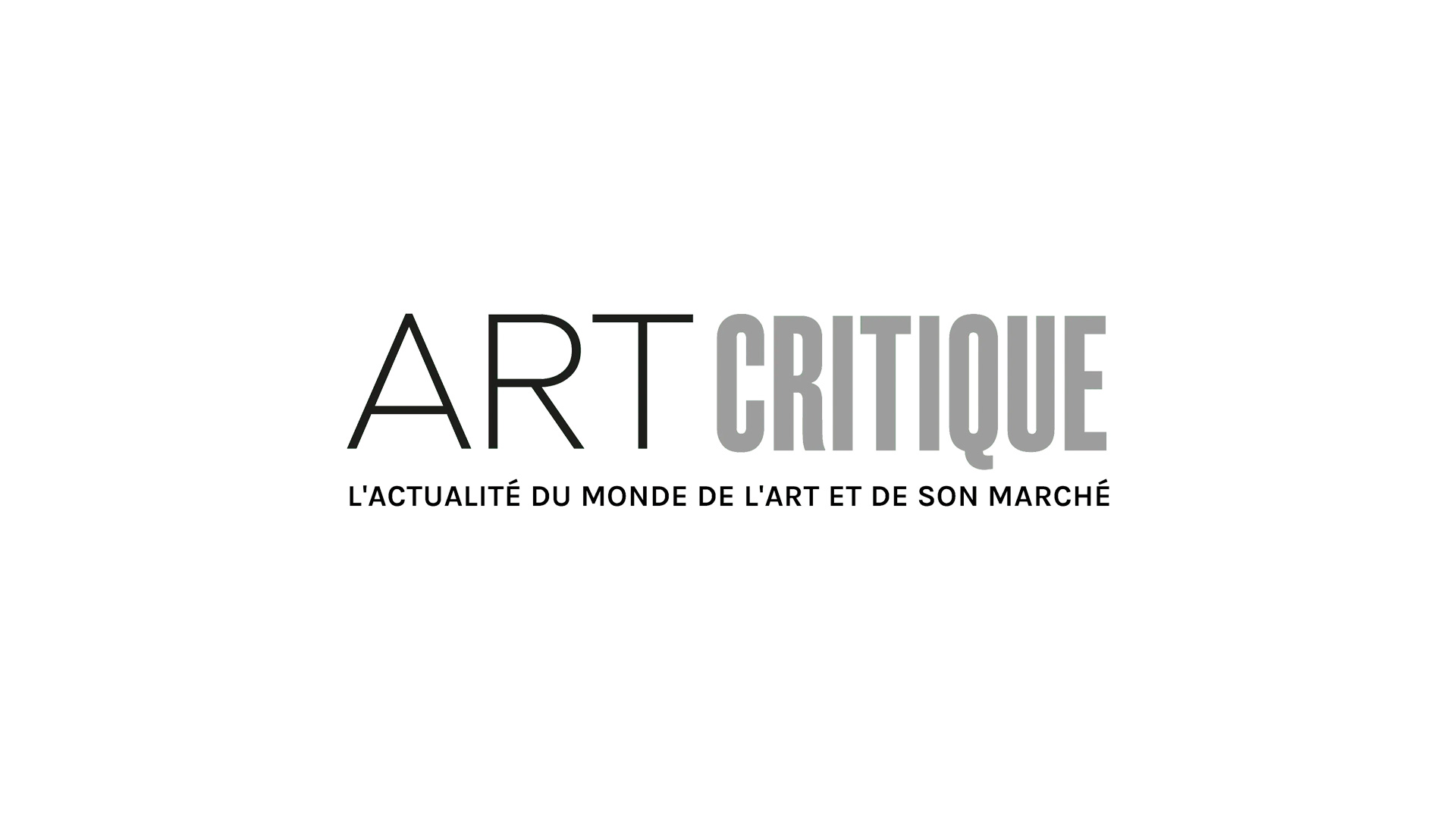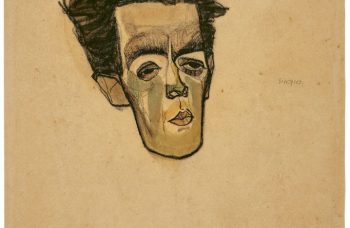On the 16th of November Post-War and Contemporary Art Morning Session sale at New York’s Christie’s, two artworks from the estate of Robert Indiana (1928-2018), the late Pop artist, are expected to bring in as much as $4.2 million.
The sale of the paintings is to cover, in part, the costs of a federal lawsuit involving the artist which was filed only a day before his death according to James W. Brannan, the executor of Indiana’s estate. Ruby, the 1968 oil on canvas by Ed Ruscha, is expected to sale for $2-3 million while a vivid orange and blue number by Ellsworth Kelly, titled Orange Blue (1957) is estimated at $900,000-$1.2 million. Both Ruscha and Kelly were contemporaries of Indiana. In fact, the reverse of Kelly’s artwork bears a dedication and personal note to Indiana stating: ‘EK 1957 for Robert an orange peel from pier 7.’
The legacy of Indiana, best known for his bold LOVE sculptures which bear an off-kilter ‘O,’ has been threatened by the lawsuit filed by the Morgan Art Foundation (MAF) on 19 May, 2018 just before the passing of the artist. MAF has held the trademark for the now famous LOVE and have represented Indiana since the 1990s.
The lawsuit was filed against Indiana’s long-time assistant, Jamie Thomas and art publisher, Michael McKenzie. It is the belief of MAF that the pair exploited and isolated Indiana in his later years and may have produced forgeries of the artist’s works. Considering the suspicion surrounding the death of Indiana, the MAF asked that his death be investigated.
Just days after Indiana was found to be dead, FBI private investigators began popping up in Indiana’s quaint town of Vinalhaven, a small island in Maine. An autopsy on Indiana’s body was ordered but it was confirmed that he died of respiratory failure. Thus, the Knox Country Sheriff’s Office stated it would not be looking into foul-play.
According to the New York Times, Indiana’s death and the subsequent lawsuit have further divided the tiny island. While Indiana’s presence on the Maine island has been less than cordial, some, like former employee Sean Hillgrove, believe much of the behaviour exhibited by Indiana, who grew less and less sociable as he aged, was prompted by Thomas who was given power-of-attorney in May 2016 according to Indiana’s will. Others saw Indiana’s retreat from society as normal. Artist Chris Clarke, whose studio was opposite Indiana’s, stated Indiana didn’t want to talk to people.
The cloud that looms over the artist’s death and legacy feels more or less like a he-said-she-said situation and its outcome is still undetermined.
The upcoming sale of two paintings from Indiana’s collection may offer some indication of what the future holds for the artists’ legacy. In addition to supporting the legal costs of the ongoing lawsuit, earnings from the sales will also go towards the late artists’ Vinalhaven historic home which, in accordance with his will, will be transformed into a museum.





